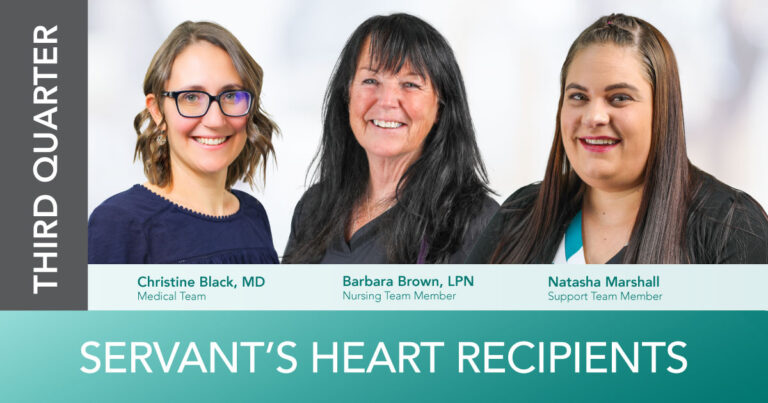
Two- to Three- Minute Breathing Technique to Reduce Stress
Stress is something we all deal with; it’s part of our everyday lives. Sometimes, however, there is something that comes along that’s really disruptive to our psyche, and not easily fixed. Things like a divorce, a major health issue, serious problems with a child, a lay-off, losing a loved one—the really big stuff! The reason it’s so difficult is because it persists and affects so many aspects of our lives.
Of course, even regular, accumulating stress can feel overwhelming.
Stress is defined as the personal impact that a significant challenge, threat, or demand places upon us. Serious stress is a greater level of demands or challenges that is often unrelenting. There are things, however, that we can do to reduce the stress, find our equilibrium, and cope in a greater way.
Each of us can find ways to relax the mind and body, as well as feed the spirit. Perhaps we’ve found our own methods that work for us. If so, keep turning to those practices. With increasing feelings of chaos (around us), make time now to take care of yourself. Schedule it in.
Two- to three-minute breathing technique
Bringing your attention to your breath is one of the fastest and simplest methods to bring you into sync with the present moment. While there are many breathing techniques out there, here is one that can immediately help to reduce stress, anxiety, and can even help you to fall asleep. Doing three cycles of this only takes 2 to 3 minutes, something you can do wherever you are, even in your car, bathroom, or a desk or workstation.
- Put the tip of your tongue against the tissue behind your front teeth.
- Exhale through your mouth making a whooshing sound.
- Close your mouth and inhale through your nose to a count of four.
- Next, hold your breath for a count of seven.
- Finally, exhale through your mouth to a count of eight, also making a whooshing sound on the out breath.
- This counts as one breath, repeat three times.
(This is called the 4-7-8 Relaxing Breath exercise, which was created by Andrew Weil, MD.)
Our content is reviewed regularly and is updated when new and relevant evidence is made available. This information is neither intended nor implied to be a substitute for professional medical advice. Always seek the advice of your physician or other qualified health provider prior to starting any new treatment or with questions regarding a medical condition.



